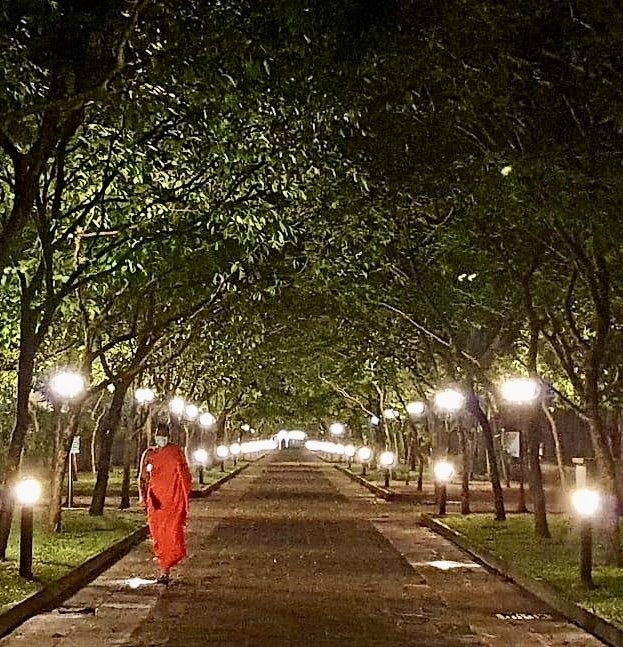Columbia College | Columbia University in the City of New York
“Lessons in Quarantine from Sri Lanka”
Just over a year ago in Sri Lanka, we were under curfew following the tragic Easter terrorist attacks. Schools were closed for weeks; when they reopened, students had to wear transparent backpacks, facilitating an easier check for weapons or explosives. I had to explain the grim realities of terrorism to my young children, then ages 5 and 7.
Now I find myself explaining another adversity to them: a pandemic of such epic proportions, that, quite frankly, I am still trying to grasp the realities of myself. The devastation in their birthplace, New York City, hits literally close to home — my New Yorker parents, unable to travel, are here with us. My brother and sister-in-law canceled their May wedding celebrations and are stuck in London, along with my in-laws.
And of course, how the coronavirus will manifest here is of concern. Conversations with my kids range from preventative hygiene, to the plight of daily wage earners, to death counts. They have encountered death at a much younger age than I did, and certainly on a much higher scale.
When I reflect over this unfathomable quarantine experience, I recall the first few weeks being a blur of trying to secure essentials through the relentless cold-calling of vendors and the chasing of lorries stocked with vegetables. We learned to do without staples like eggs and bread initially, an important lesson for my children in this age of instant food gratification being an app away. Otherwise, the days passed slowly; a small window of time opened up and it felt like an abyss.

A monk in Independence Square in Colombo, the capital of Sri Lanka
Travice Ondaatjie
But would human nature truly allow for a “time-out” or a “pause?” Before I knew it, Zoom calls were getting double-booked. Leisurely evening strolls around the backyard were being replaced by vigorous online workouts. Children began online school with rigor. Restaurants were delivering again. Businesses were forced to pivot. My husband’s family business focuses on apparel manufacturing; he has spent countless hours studying the intricacies of PPE fabrication so capacities can be scaled up. We were back to square one, but this time, within the confines of our own homes. After yet another stark reminder of the fragility of life, we decide which people, habits and obligations we would like to invite back into our respective “new normals.”
As human beings, one of our greatest strengths is our resilience in challenging moments; one of our greatest weaknesses is that we often forget the lessons we’ve learned. In Sri Lanka, the challenges have been many. This small island has known great sadness and met with misfortunes many times before — a decades-long civil war, a devastating tsunami, heinous terrorist attacks and now an economy-crippling virus. After the civil war and the terrorist attacks, racial tensions have sometimes flared. And even after the tsunami and countless floods and droughts, we still do not always heed the warnings of climate change.
But Sri Lankans have learned some inspiring lessons. In America, we often look into the future, toward technological advancements and, at this time, toward vaccines. Sri Lankans, on the other hand, have also looked back into their rich cultural heritage, utilizing troves of indigenous medicines to improve health.
Despite the hardships this tear-shaped country has faced, the generosity at all levels of society astounds me — we’ve heard stories of stranded tourists who were accommodated and fed by villagers. Despite all the blows, nothing can seem to wipe away that world-renowned and well-loved “Sri Lankan smile.” I feel this virus won’t be able to either — even if we can’t see those beaming grins behind those masks, I know they are there.


